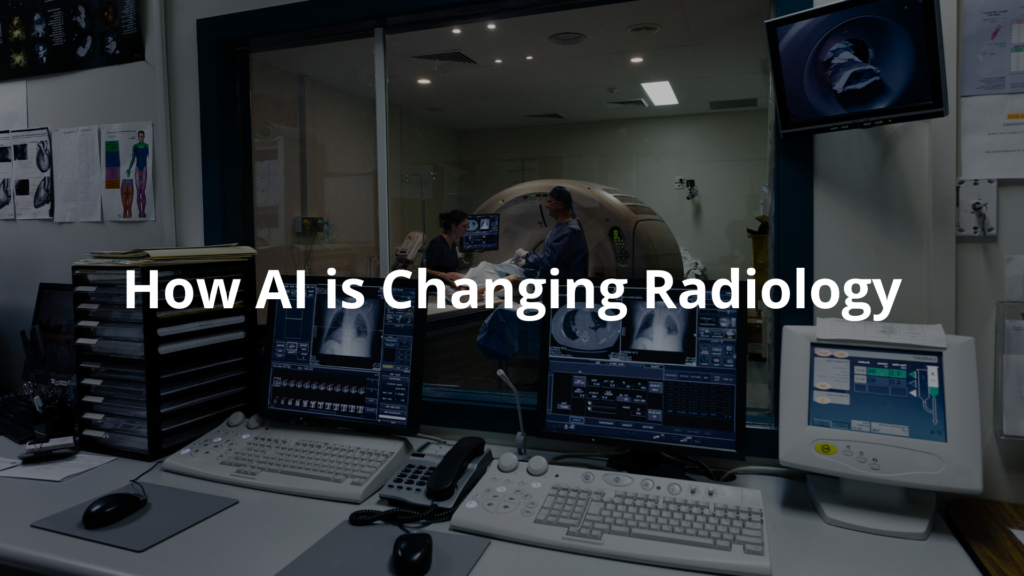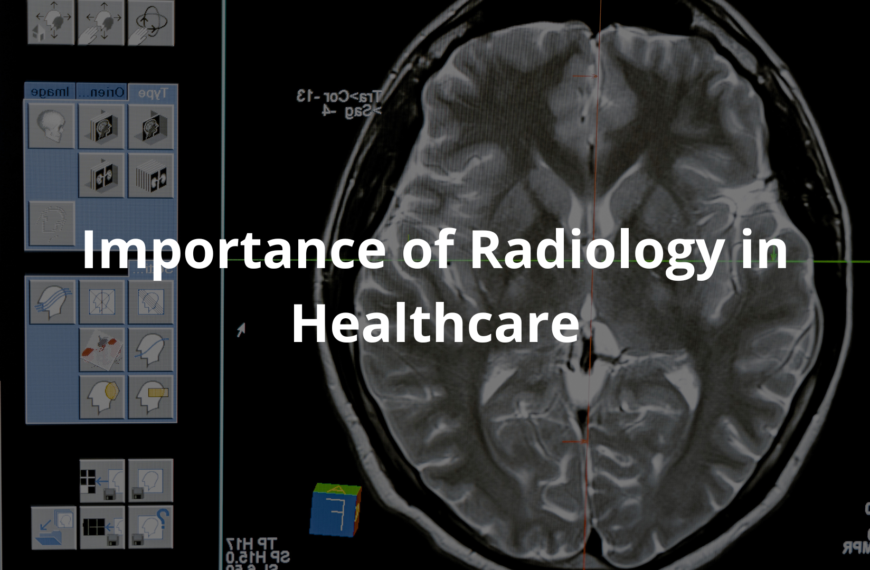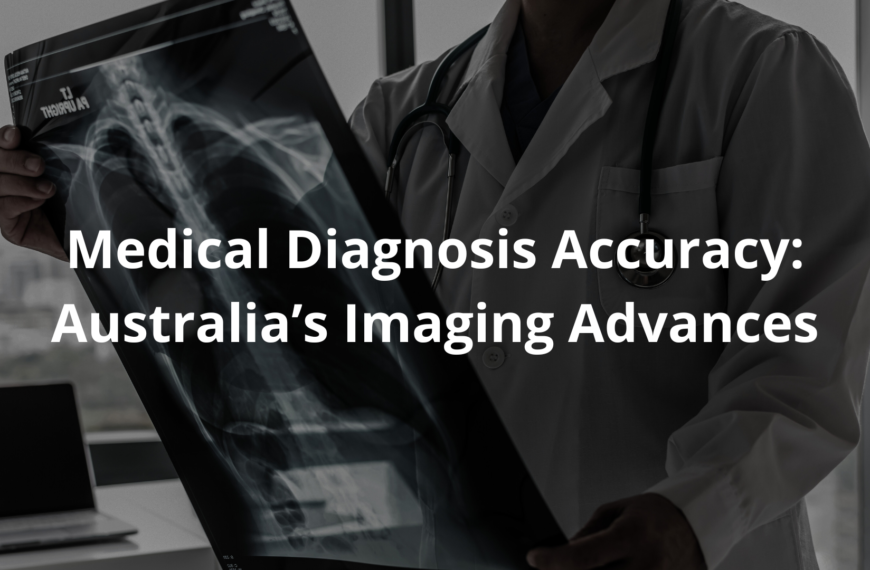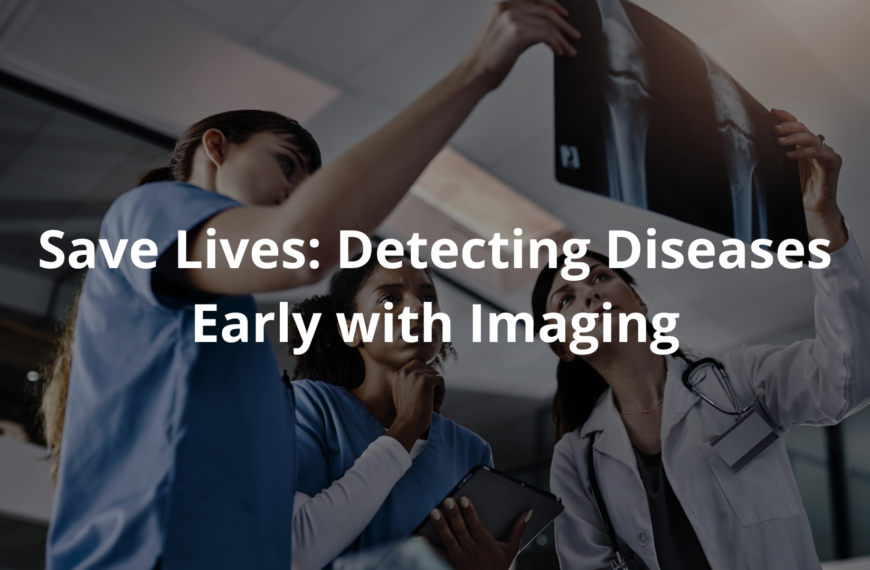Find out how radiology applications are shaping healthcare in Australia, from education to innovation.
Radiology plays a key role in Australia’s healthcare system, offering doctors a way to look inside the human body to diagnose and treat illnesses. Imagine seeing the inside of a hand, every bone clear as day—it’s almost like science fiction brought to life. For many, their first encounter with an X-ray or MRI feels both strange and fascinating.
This piece explores how radiology is evolving, the cutting-edge technology shaping it, and what it takes to step into this field. Whether curious about the science or the career path, there’s plenty to uncover. Keep reading to learn more!
Key Takeaway
- Radiology helps doctors see inside our bodies using special machines.
- New technology, like AI, is making radiology faster and better.
- There are many job opportunities in radiology, but training is important.
Education and Training
Becoming a radiologist in Australia isn’t a simple path, but it’s a well-structured one. The Royal Australian and New Zealand College of Radiologists (RANZCR) oversees the training process, making sure doctors are prepared for the job. There are two main ways to start this journey:
- Specialist-in-Training Pathway: This is aimed at doctors working in large hospitals. It’s competitive because a lot of people want these positions.
- Area of Need Pathway: This is for doctors who will work in places that really need them, like small towns or remote areas. To apply, they need a job offer first.
The training itself is demanding. It includes exams (like the MRSA exam) and learning how to use advanced imaging machines, such as CT scanners and MRIs. It’s almost like going to a specialised school for doctors.
RANZCR doesn’t just focus on the technical side, though. Radiologists also learn about patient care and communication. They need to explain what the images show in a way that patients can understand. That’s a big part of helping people feel informed and less anxious about their health.
Hands-on practice is a huge part of the training too. Radiology students spend time in hospitals, working with the machines and learning from experienced radiologists. It’s not just about reading images—it’s about diagnosing problems and figuring out how to help patients get better.
Challenges Facing the Industry
Even though radiology is advancing, it’s not without its struggles.
- Workforce Shortages: There aren’t enough radiologists to meet the growing demand, especially in rural areas. People in these places might have to wait weeks or even months for tests.
- Data Management: Hospitals are dealing with an overwhelming amount of images, and they need reliable systems to organise and access them. [1]
These challenges can make it harder for patients to get the care they need. Some hospitals are trying to hire more radiologists from overseas to fill the gaps. Others are encouraging medical students to specialise in radiology, which could help in the long run.
The impact of these shortages is real. Long waits for imaging tests can delay treatment, which is stressful for patients and their families. And when hospitals don’t have good systems for managing all the data, it increases the risk of errors. That’s a serious concern because mistakes in healthcare can have big consequences.
It’s clear there’s still work to do to make sure everyone gets the care they deserve, no matter where they live.
Applications of Technology
Technology is changing radiology in some pretty amazing ways.
- Artificial Intelligence (AI): AI helps radiologists by speeding up tasks like sorting through images. It can highlight the important parts, making it easier for doctors to focus on what matters.
- Telemedicine: With teleradiology, doctors can look at images from anywhere in Australia. This is a game-changer for people in remote areas who can’t easily get to a hospital.
AI is already being used to detect conditions earlier than ever before. For example, it can help spot signs of breast cancer or lung cancer in images, sometimes even before a human doctor would notice. Early detection like this can make a huge difference in treatment outcomes.
Telemedicine is another big step forward. It lets patients in rural areas connect with specialists without having to travel long distances. A radiologist can review scans and even consult with patients over video calls. It’s a practical way to bring expert care to people who might otherwise miss out.
These technologies are making healthcare more accessible and efficient. They’re helping doctors reach more patients and giving patients better access to the care they need. It’s a good reminder of how innovation can make a real difference in people’s lives.
Future Directions
The future of radiology seems promising. With advancements in artificial intelligence (AI) and improved medical imaging machines, doctors could diagnose illnesses faster and with more accuracy. Governments are also investing in healthcare, aiming to enhance services. This could lead to better patient care and open up more job opportunities for medical students.
It’s an interesting time to consider a career in radiology. For those keen on joining the field, staying curious and studying hard might be the best advice.
As AI continues to develop, doctors may spend more time on complex cases while routine tasks are handled by technology. This could improve the overall quality of care for patients.
Telemedicine is also growing, giving patients more ways to access healthcare. This could make services more available, especially for those in remote areas.
Additionally, with an ageing population, the demand for radiology services is likely to increase. This means more opportunities for future radiologists. For anyone considering this path, now might be the right time to start exploring it. [2]
Radiology Applications in Everyday Life
Radiology isn’t just something used in hospitals—it’s part of everyday healthcare. Whenever someone gets an X-ray or a CT scan, they’re benefiting from radiology. It plays a key role in:
- Quick Diagnosis: Doctors can find out what’s wrong quickly, like spotting a broken bone or checking for pneumonia.
- Treatment Planning: For illnesses like breast cancer or lung cancer, radiology helps doctors decide the best treatment.
Radiology is everywhere in healthcare, helping people recover and feel better.
For example, imagine a child falling off their bike. An X-ray can quickly show if there’s a fracture, so the doctor can set the bone and get the child back to playing sooner.
Or think of a patient with a stubborn cough. A CT scan might reveal a lung problem, helping the doctor create a treatment plan. This could prevent the issue from becoming worse.
Radiology isn’t just about high-tech machines—it’s about improving health and lives every day.
How AI is Changing Radiology

Artificial intelligence is becoming a big part of radiology. Using deep learning and neural networks, AI systems can improve how images are analysed and interpreted. These tools help doctors:
- Analyse Images Faster: AI can highlight potential problems in scans, saving time for radiologists.
- Generate Reports Automatically: This reduces paperwork, allowing doctors to focus more on patients.
AI is reshaping how radiologists work. Algorithms can spot details in images that might be missed by the human eye, leading to more accurate diagnoses. This is critical for effective treatments.
Automatic report generation is another helpful tool. It frees up radiologists to spend more time explaining results to patients, which adds a personal touch to care.
AI might also play a role in training future radiologists. As technology continues to advance, new doctors will need to learn how to use these tools alongside traditional methods. This could make their education more dynamic and relevant to modern healthcare.
Job Opportunities in Radiology
The job market for radiologists is looking pretty solid. There’s a wide range of roles to choose from, like:
- Clinical Radiologists: They’re the ones working directly with patients, using imaging to figure out what’s going on inside the body.
- Interventional Radiologists: These doctors take it a step further, performing procedures (like biopsies or placing stents) with the help of imaging tools.
As the field keeps growing, new jobs seem to pop up regularly. So, if someone’s considering radiology as a career, now’s a good time to get started.
There are also options outside of patient care. Some radiologists go into research or teaching. For example, working at universities means they can train future doctors while also studying new techniques or technologies.
It’s kind of amazing, really—how this career blends technology with helping people. It creates a fast-moving, interesting environment.
For anyone keen on radiology, staying up to date is probably the most important thing. Trends in medicine shift quickly, and job opportunities can change too. Joining groups like the RANZCR (Royal Australian and New Zealand College of Radiologists) is a smart move. These organisations offer networking, resources, and support, which can make a big difference.
The Role of the RANZCR
The RANZCR plays a pretty big part in keeping radiology in Australia top-notch. They focus on making sure radiologists are well-trained and stick to high standards. Here’s what they do:
- Set Standards: They create the guidelines for training and what radiologists need to know to do their jobs well. [3]
- Support Ongoing Learning: Even after finishing formal education, radiologists need to keep up with new developments, and RANZCR helps with that.
This all means patients can rely on getting care from skilled professionals who know what they’re doing.
The RANZCR also works behind the scenes to promote radiology as a key part of healthcare. They make sure it’s included in important discussions about medical advancements and policies.
By offering resources and staying on top of research, they help radiologists improve their practice. For those starting out in the field, joining RANZCR is a good way to get advice and stay connected. It’s more than just an organisation—it’s a community focused on growing and improving radiology.
FAQ
How does radiology AI and AI algorithms help improve medical devices and health care delivery?
AI applications in radiology are transforming how we deliver care. These smart systems help doctors spot problems faster and make fewer mistakes. They work alongside regular imaging tools to give better results, especially in places where there aren’t many doctors.
What’s the standard of care and image quality requirements for CT angiography and breast imaging?
Doctors need to follow strict rules to make sure the pictures are clear enough for finding problems. High quality images are super important – they’re the gold standard for seeing what’s going on inside the body. Modern machines help get the best possible views while keeping X-ray doses low.
How do neural network and AI in radiology affect public health and health service delivery?
These smart computer systems are changing how hospitals work. They help doctors work faster and catch things they might miss. While they’re FDA approved and safe to use, they’re not meant to replace doctors – just help them do a better job.
What’s the application form and selection process like for radiology ST1 positions through Qpercom recruit?
The process involves filling out forms, sharing your medical degree info, and going through an interview process. Your interview score and previous years experience count towards your final score. There’s often a reserve list since these training posts are quite popular.
Can you explain the training scheme and formal teaching requirements at royal college and northern ireland sites?
The training includes hands-on work at training sites, taster weeks, and lots of teaching sessions. You’ll learn about everything from basic scans to nuclear medicine. The oncology training is part of the full time job, and you’ll need to answer questions and write case reports as you learn.
What resources like radiology cafe, question banks, and google scholar help with the MSRA exam?
These tools are super helpful for studying. They have practice questions and old exam materials that help you understand what to expect. Many students use these along with insights imaging articles to prepare for both written tests and interviews.
How does the RMO campaign and applications open process work for full time radiology posts?
The health service posts job openings through their regular channels. You’ll need to show your medical council registration and meet the scoring system requirements. Customer service skills matter too since you’ll work closely with patients.
What’s the role of american college and creative commons in setting health insurance and medical standards?
These organizations help set rules for doctors and hospitals to follow. They work on everything from basic health care rules to complicated stuff about using AI. They also make sure everyone follows the same high standards no matter where they work.
Conclusion
Radiology in Australia is evolving fast, with technology like AI and improved education shaping its future. It’s a fascinating field, especially if you’re considering a medical career or just curious about healthcare. Radiology helps doctors see inside the body, making diagnoses quicker and more accurate. From better imaging to advanced treatments, it’s all about improving health outcomes. Keep watching this space—it’s growing in ways that’ll keep changing how we care for people.
References
- https://www.globenewswire.com/news-release/2024/11/13/2980478/28124/en/Australia-Diagnostic-Imaging-Market-Report-2024-Robust-Growth-Projected-Driven-by-Technological-Advances-and-Aging-Population-Competition-Forecast-Opportunities-to-2029.html
- https://www.researchgate.net/publication/382809007_Kunstliche_Intelligenz_Technologie_in_der_Radiologie_Eine_systematische_Uberprufung_von_KI-Anwendungsfallen
- https://www.ranzcr.com/component/edocman/ranzcr-standards-of-practice-for-diagnostic-and-interventional-radiology/download




